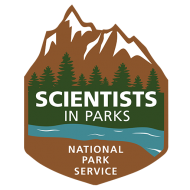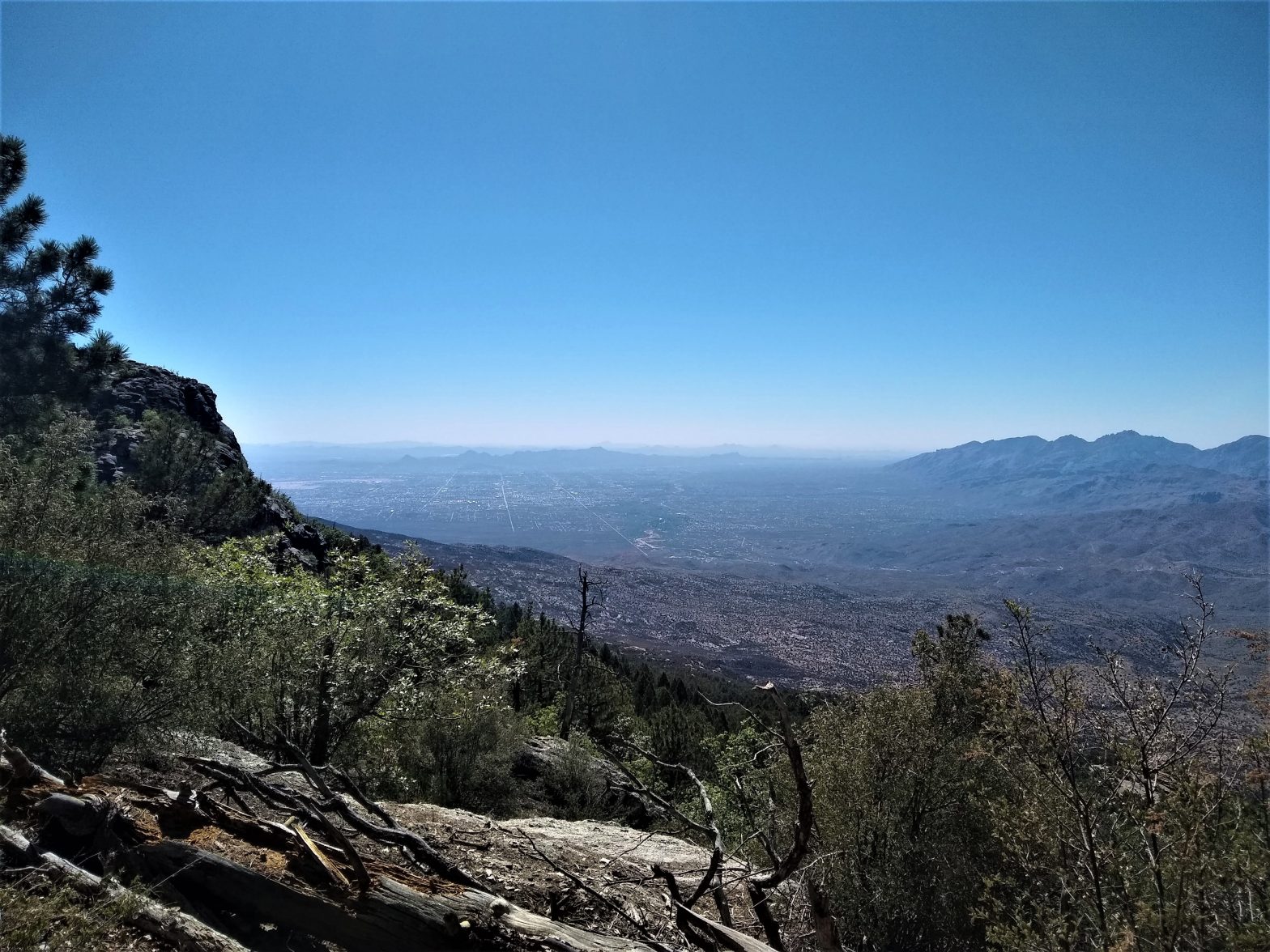While the Sonoran Desert may conjure up images of the iconic saguaro and arid desert landscapes, there is far more diversity than meets the eye in the desert southwest. From the desert surrounding Tucson, Arizona, the Madrean sky islands rise from the valley floor, creating isolated “islands” of montane habitat within the Sonoran Desert. These isolated mountain ranges are hotspots of biodiversity, transitioning between a variety of biomes from bottom to top.

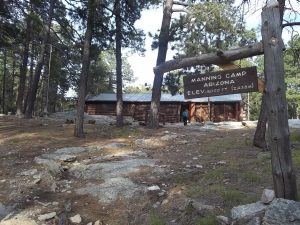
Within Saguaro National Park, the Rincon Mountains ascend from the arid desert scrub at roughly 2,300 ft, to the mixed conifer and fir-aspen forest at almost 8,700 ft. Much of my work in this range is in designated wilderness, and base camp is located at Manning Camp, a historic cabin only accessible by trail–a 10-mile hike with roughly 5,000 ft of elevation gain. The rough terrain, wilderness designation, and time needed to conduct our research makes the use of pack mule support necessary for gear and supplies.
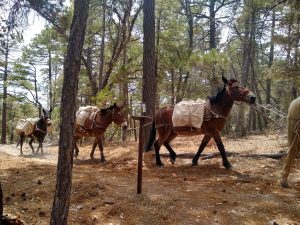
This relatively remote escape from the desert is my home and office for the summer. I spend 7 days at a time in the backcountry monitoring camera traps and doing assessments of high-elevation springs.
Most of these spring have only been discovered recently but are incredibly important resources. Though often small, they can be the only sources of water in the mountains during most of the year. We monitor these springs so that we can understand how wildlife use and hydroperiod of these sites change over time.
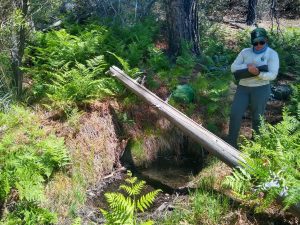
I am excited to continue working in this incredible ecosystem, and learning about the unique springs that support it.
